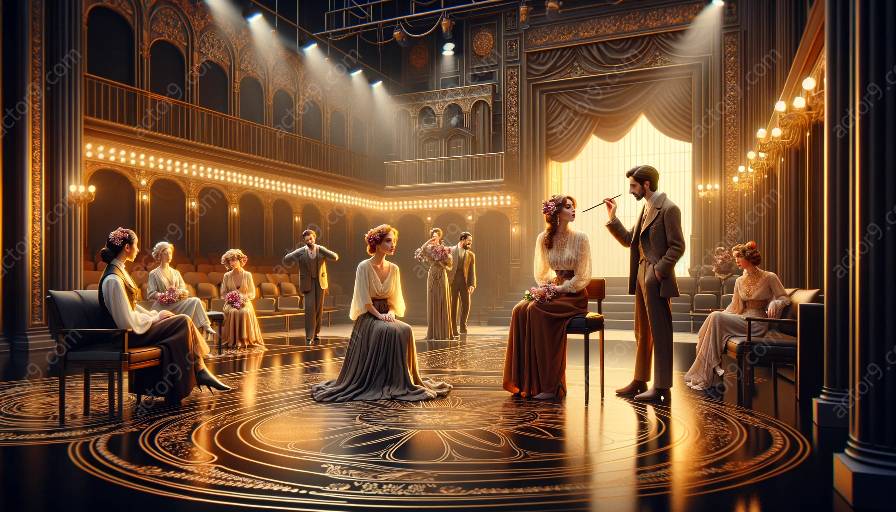Uta Hagen's approach to acting has significantly influenced the art of acting, particularly her emphasis on authenticity and spontaneity. When exploring the essence of Uta Hagen's technique, it becomes evident that these two elements play a crucial role in shaping her paradigm. This article seeks to delve into the significance of authenticity and spontaneity within Uta Hagen's technique and their compatibility with various acting methodologies.
The Foundation of Uta Hagen's Technique
Before delving into the specifics of authenticity and spontaneity, it is essential to understand the foundation of Uta Hagen's technique. Uta Hagen developed her approach to acting through her experiences as a renowned actor and her studies with acclaimed acting teachers. Her technique is grounded in the belief that actors should draw from their own experiences and emotions to create authentic and believable characters on stage and screen.
Her approach emphasizes truthfulness and emotional depth in performances, aiming to bring the character to life through the actor's genuine emotions and reactions.
The Role of Authenticity in Uta Hagen's Technique
Authenticity lies at the core of Uta Hagen's technique. According to Hagen, authenticity is the ability of an actor to truly inhabit a character and convey genuine emotions and reactions. In her seminal book, 'Respect for Acting,' Hagen emphasizes the importance of actors' ability to draw from their own experiences and emotions to portray a role convincingly.
In Uta Hagen's approach, the actor is encouraged to explore their own emotional landscape and relate it to the character they are portraying, thereby infusing the role with authenticity and depth. This process allows the actor to establish a genuine connection with the material, resulting in a more compelling and believable performance.
Spontaneity as a Catalyst for Authenticity
Spontaneity is another fundamental aspect of Uta Hagen's technique. Hagen believed that spontaneity is essential in creating authentic moments on stage. According to Hagen, the ability to react and respond spontaneously to the given circumstances is what breathes life into a performance.
By encouraging actors to be spontaneous in their reactions, Uta Hagen sought to capture authentic and unscripted moments that mirrored real-life interactions. In doing so, the actors could transcend the scripted nature of the performance and engage in genuine, spontaneous exchanges with their fellow actors, enhancing the realism and emotional impact of the scene.
Compatibility with Other Acting Techniques
Uta Hagen's emphasis on authenticity and spontaneity aligns with several other acting methodologies, including the Stanislavski system and method acting. Stanislavski's system, which focuses on creating truthful and believable characters, shares common ground with Hagen's approach to authenticity. Both techniques prioritize the actor's emotional truth and personal connections to the character.
Furthermore, the principles of spontaneity in Hagen's technique resonate with the core philosophy of improvisation and the Meisner technique, which both prioritize natural and spontaneous reactions in performance.
Overall, Uta Hagen's technique is compatible with a wide spectrum of acting methodologies, owing to its universal focus on authenticity and spontaneity as integral elements of compelling performances.













































